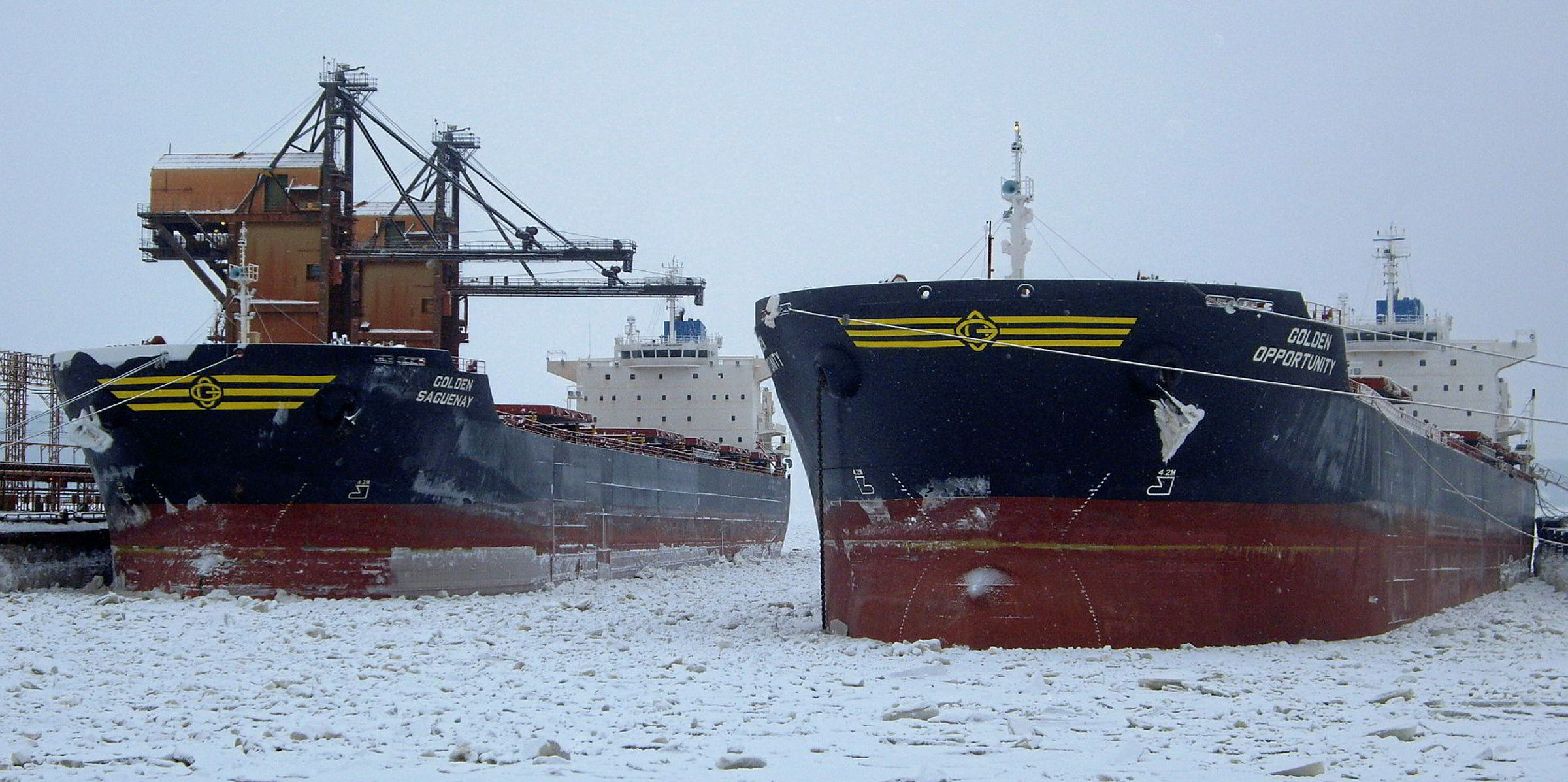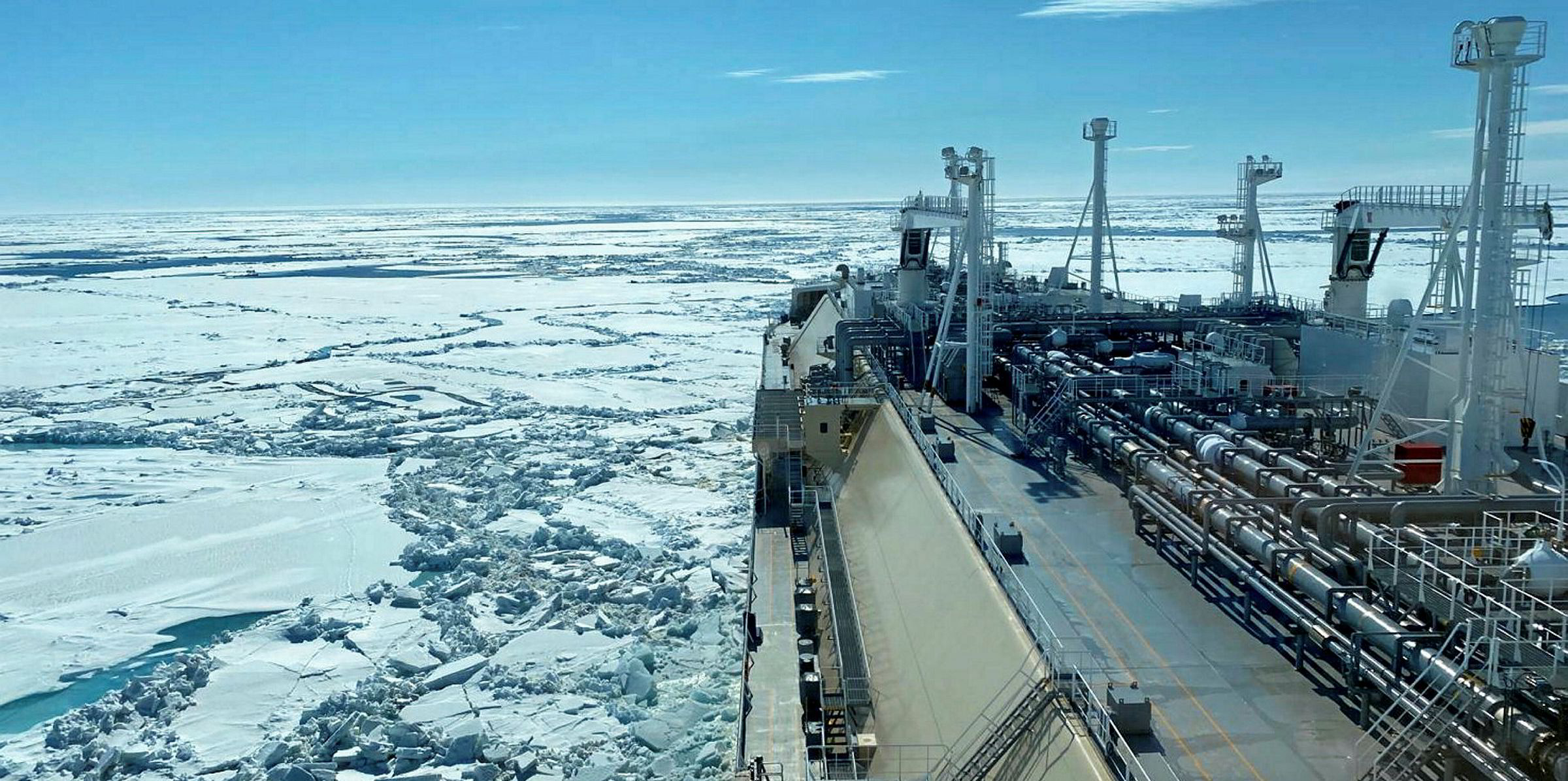Russian coal and Canadian iron ore are headed north for China as dry bulk owners expect a bigger shipping year along Russia's Northern Sea Route.
Dry bulk remains overshadowed by energy shipping in the north.
But global warming and longer ice-free summer seasons are encouraging bulker players with Arctic experience and ice-class tonnage to expand operations there. Voyages now underway already exceed the number of panamax and larger dry bulk transits done in all of 2019.
The three main international dry bulk players in larger tonnage ice-class shipping are Golden Ocean Group, Oldendorff Carriers, and Arctic specialist Nordic Bulk Carriers, and all three plan a bigger Northern Sea Route season than last year.
"The season in the NSR has started earlier than in previous years. At this stage it is also expected that the navigational season will be longer," Nordic Bulk managing director Mads Boye Petersen told TradeWinds.
"As before, the actual duration of the NSR season depends on the ice class of your ship. The higher the ice class, the longer the season."
The peak of the Northern Sea Route shipping season in every year since 2016 has been September.
LNG ship transits have pioneered the expansion of the trade with increasing traffic through a rapidly lengthening shipping season, but dry bulk has lagged behind. In 2019 other than handysize vessels, only two panamaxes and one post-panamax bulker made a full transit on the route, according to the Norwegian-Russian Centre for High North Logistics (CHNL), which tracks activity on the trade.
This month alone, three panamaxes controlled by Oslo-based Golden Ocean Group have departed Murmansk, the 74,800-dwt Golden Suek (built 2011), 74,200-dwt sistership Golden Pearl, and 75,500-dwt Golden Strength (built 2009). The John Fredriksen-controlled company is one of the few established players in the trade and has a long-standing chartering relationship with Russian coal miner and trader Suek.
The timing of the Golden Ocean shipping season may have been affected by port conditions at Murmansk, where a railroad outage stalled exports earlier this summer.
Another frequent trader in the region is Oldendorff Carriers. The 80,400-dwt geared kamsarmax Gebe Oldendorff (built 2016) passed north of Murmansk this week, carrying iron ore from Canada's Baffin Island to a Far Eastern destination. But TradeWinds understands Oldendorff also has plans involving exports of Russian-sourced cargoes along the NSR in 2020.
Officials of both Golden Ocean and Oldendorff described their activity in the NSR as "sensitive" both commercially and environmentally.
Danish-based Nordic Bulk Carriers, controlled by US-based Pangaea Logistics Solutions, expects to do three or four panamax voyages in the Arctic this season.
Unlike Golden Ocean and Oldendorff with their global cargo portfolios, Nordic Bulk has not yet developed a Russian export portfolio in the spot and contract of affreightment markets. But outward shipments from main customer Baffinland Iron Mines, plus backhauls from the Pacific, often send Nordic Bulk's heavier ice-class panamaxes through the Northern Sea Route.
This story has been amended since publication to reflect that Nordic Bulk has not yet developed a Russian export portfolio.






